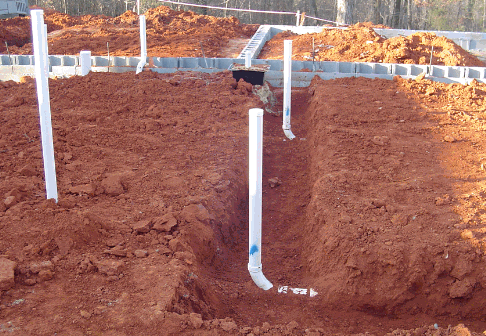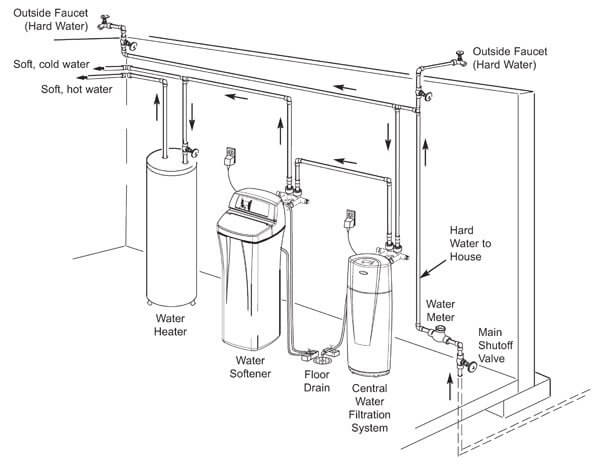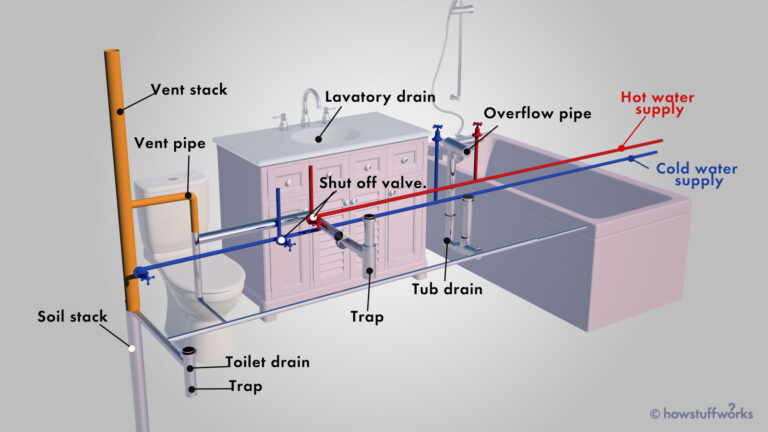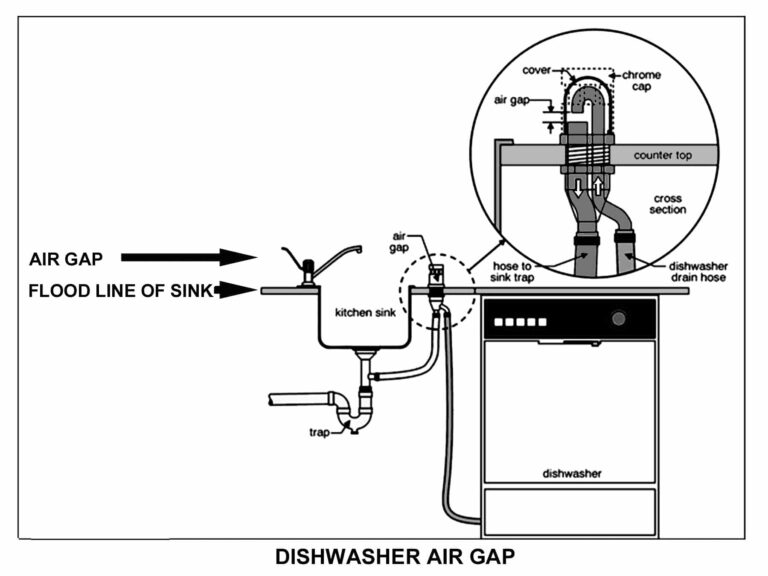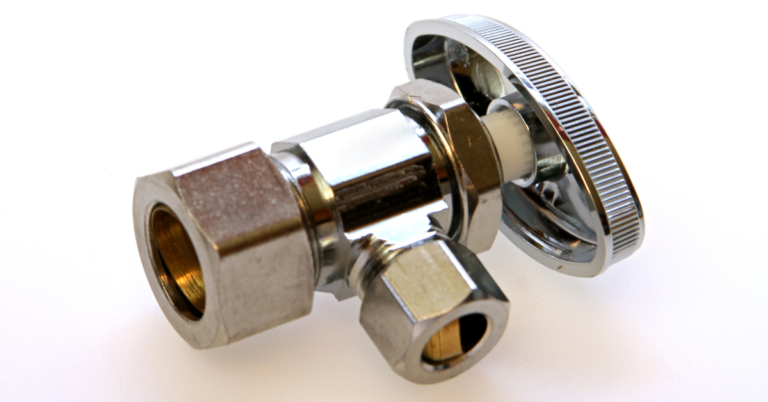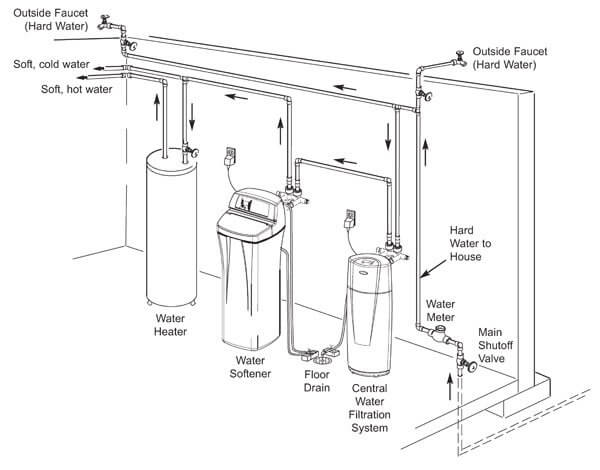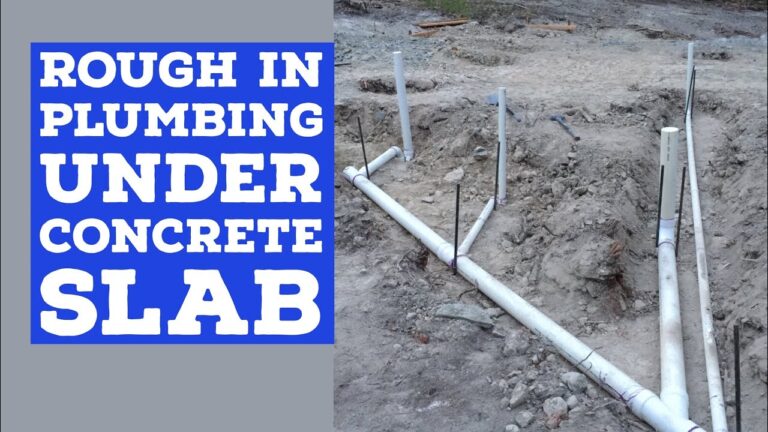How Is Plumbing Run In A Slab Home?
A slab home is a type of construction where the foundation is poured as a single concrete slab rather than having a basement or crawlspace. Plumbing in a slab home is run differently than in a home with a basement or crawlspace. Rather than running the plumbing pipes through the floor joists or along the walls of a crawl space, plumbing in a slab home is run beneath the concrete slab. This type of plumbing is usually more expensive to install than in other types of homes because it requires the slab to be cut in order to access the pipes. Additionally, leaks can be more difficult to detect and repair in a slab home due to the pipes being buried beneath the concrete. However, slab homes do benefit from having the pipes hidden from view and out of the way of other components of the home.
Overview of Plumbing in Slab Homes
Slab homes are a unique type of residential structure that often require special considerations when dealing with plumbing, as the pipes are placed beneath the concrete floor. With this in mind, it’s important to understand the basics of plumbing in slab homes to ensure your house is equipped to handle all of your plumbing needs. This overview of plumbing in slab homes will cover the basics, from the types of pipes used to the installation process. We’ll also discuss the potential issues that can arise with plumbing in slab homes and the steps you can take to prevent them. By the end of this overview, you’ll have a better understanding of how plumbing works in slab homes and how to ensure that your plumbing system is up to the task.
Installation of Plumbing in Slab Homes
Installing plumbing in slab homes can be a tricky process. It requires careful planning and expertise to ensure that all of the pipes, fittings, and fixtures are properly placed and installed. Slab homes are built on concrete slabs that don’t provide much room for plumbing installation. It is important to first assess the amount of space available and determine the best way to place the pipes and fixtures in order to ensure a safe and efficient plumbing system. Special tools may be needed for the installation such as a jackhammer and saws to cut the concrete slab. Additionally, it is important to make sure that the pipes are properly connected and sealed to prevent any water leaks or future damage. With the right tools, knowledge, and experience, installing plumbing in slab homes can be a successful and satisfying process.
Benefits of Plumbing in Slab Homes
Plumbing in slab homes offers a wide range of benefits for homeowners. This type of installation is very efficient, as it eliminates the need to cut through the concrete slab, which can be a time-consuming and costly process. Plumbing in slab homes also helps to reduce water waste, as the pipes are laid directly in the foundation without having to use additional piping. Additionally, this installation method helps to prevent damage caused by frozen pipes, as the piping is embedded in the foundation and is insulated from the cold temperatures. Finally, plumbing in slab homes can provide a more efficient drainage system for the house, as the pipes are laid in the same level as the foundation. All in all, plumbing in slab homes is a great option for homeowners looking to maximize efficiency and minimize costs.
![How A Slab House is Built [See Plumbing Lines Under the Slab]](https://i.ytimg.com/vi/xk1YqAhsqJQ/hqdefault.jpg)
Potential Problems with Plumbing in Slab Homes
Plumbing in slab homes can present some unique challenges. From broken pipes to slow drainage, there are many potential problems that can arise in these homes. The most common issue is with the pipes that run beneath the concrete slab. Poor installation, age, or damage can cause cracks in the concrete, leading to water leakage and even sewage backup. If the plumbing is not installed correctly, there may be drainage issues, such as slow drainage or clogged drains. Additionally, slab homes may be more prone to leaks than other types of homes, as changes in temperature can cause the pipes to expand and contract, resulting in cracks or holes in the pipes. To avoid these issues, it is important to have routine inspections and maintenance of the plumbing in slab homes.
Maintenance Tips for Plumbing in Slab Homes
Having a plumbing system in slab homes can be a tricky and expensive endeavor. That is why it is important to understand the basics of plumbing maintenance, so that homeowners can avoid costly repairs and extend the life of their plumbing system. From understanding how to clear drains to recognizing signs of pipe corrosion, this blog will provide valuable tips on how to maintain a plumbing system in slab homes. Furthermore, this blog will also provide an in-depth look at how to identify and address common plumbing problems, such as leaks, clogs, and drain backups. With this knowledge, homeowners can better protect their plumbing system and keep their home safe and comfortable.
Alternatives to Plumbing in Slab Homes
The plumbing in slab homes is often a source of stress and frustration for homeowners. With the lack of space for traditional plumbing systems, slab homes require creative solutions that can be both cost-effective and efficient. Fortunately, there are several alternative plumbing options available to homeowners looking to make the most of their slab home. One of the most popular alternatives is a trenchless plumbing system, which eliminates the need for extensive excavation. This type of system utilizes flexible pipes that are installed beneath the concrete slab and then connected to existing supply lines. Another option is a waterless plumbing system, which uses a combination of pumps and filters to collect and distribute water. Both of these alternatives offer the same reliable plumbing services as their traditional counterparts, but without the added costs or inconveniences associated with excavating the concrete slab. With the right plumbing system, slab homes can be just as comfortable and efficient as any other type of home.
FAQs About the How Is Plumbing Run In A Slab Home?
Q1. What type of pipes are typically used in slab homes?
A1. Slab homes typically use polyvinyl chloride (PVC) or cross-linked polyethylene (PEX) pipes.
Q2. How is the plumbing accessed in slab homes?
A2. The plumbing in slab homes is usually accessed through the walls or ceiling by cutting an access hole.
Q3. How is the plumbing in slab homes protected from freezing?
A3. The plumbing in slab homes is usually protected from freezing by insulating the pipes and installing a heat source nearby.
Conclusion
In conclusion, plumbing in a slab home is a complex and specialized system. It is essential for the proper functioning of the home, and requires skilled maintenance and installation. Slab homes typically have a concrete foundation that is thicker than that of a typical home, and the plumbing runs through the foundation to the basement or crawl space. The plumbing is either run through PVC pipes or copper pipes, depending on the homeowner’s preference. In either case, it is important to ensure the proper installation and maintenance of the plumbing system to prevent any issues from occurring.

